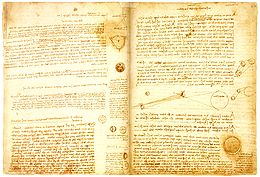Here is some suggestion to reduce waste in our school. Your efforts may provide the additional benefit of saving money as well. Remember, even small changes can make a big difference! :p
- Make double-sided copies whenever possible. This can dramatically reduce your paper usage.
- Instead of making individual copies for everyone, use a routing slip when circulating information to students or teacher, or post notices on a bulletin board. Better yet, an electronic bulletin board.
- Use reusable envelopes for interoffice mail.
- Canteen use reusable utensils instead of disposable packaging.
Now, I want to share how to make compost step by step.
1. Shred and chop.
Shred or chop materials as finely as you can before mixing them into the pile. For example, you can chop fallen leaves by running your lawn mower over them. The same strategy applies to kitchen scraps. "The smaller, the better” is the rule for compost ingredients.
2. Mix dry browns and wet greens.
The two basic types of ingredients for making compost are those rich in carbon and those rich in nitrogen. Carbon-rich materials, or “dry browns,” include leaves, hay, and straw. Nitrogen-rich materials, or “wet greens,” include kitchen scraps and grass clippings, these work best when used sparsely and mixed in well so they don’t mat down. Your goal is to keep a fair mix of these materials throughout the pile.
| From Garbage to Garden |
Build the pile at least 3 × 3 × 3 (or 4) feet so materials will heat up and decompose quickly. (Don’t make the pile too much bigger than that, though, or it will be hard to turn.) Unless you have this critical mass of materials, your compost pile can’t really get cooking. Check the pile a couple of days after it is built up, it should be hot in the middle, a sign that your microbial decomposers are working hard.
4. Add water as needed.
Make sure the pile stays moist, but not too wet. (It should feel like a damp sponge.) You may need to add water occasionally. Or, if you live in a very wet climate, you may need to cover the pile with a tarp to keep it from becoming too wet.
5. Keep things moving.
Moving your compost adds air to the mix. You can open up air holes by getting in there with a pitchfork. Even better, shift the entire pile over a few feet, bit by bit, taking care to move what was on the outside to the inside of the new pile. Or consider using a compost tumbler, a container that moves the materials for you when you turn it.
I hope my suggestions can make our school become more clean and healthy. Thank you :D


